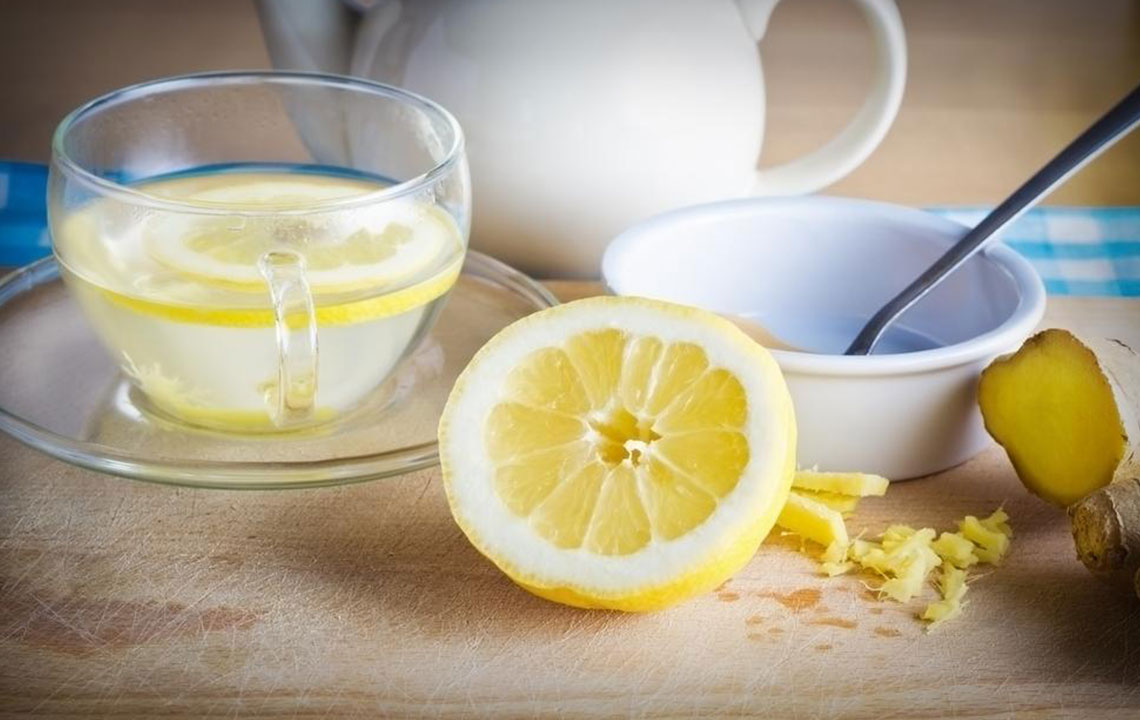Comprehensive Guide to Treating and Eliminating Skin Abscesses of All Sizes
This comprehensive guide offers effective treatment options for skin abscesses of all sizes. It covers simple home remedies for small abscesses and emphasizes the importance of medical intervention for larger ones. Learn about warming techniques, natural remedies, antibiotics, surgical drainage, and wound care strategies to promote quick healing and prevent complications.

Effective Strategies for Managing Small and Large Skin Abscesses
Skin abscesses are localized collections of pus caused by bacterial infections, often resulting in swollen, painful lumps under the skin. Whether small or large, abscesses require different treatment methods to ensure proper healing and prevent complications. Proper understanding of the nature of each type of abscess helps in choosing the most effective approach. Small abscesses are typically manageable with home remedies and topical treatments, while larger abscesses often necessitate medical intervention, including antibiotics or surgical procedures. This comprehensive guide covers detailed methods for treating abscesses of all sizes, ensuring you are well-informed to handle these uncomfortable skin conditions effectively.
Understanding the differences in treatment strategies is crucial. Small abscesses are often caused by minor infections or clogged pores, and they usually heal faster when managed promptly. Conversely, larger abscesses contain more pus, may be more painful, and sometimes remain unresolved for weeks or even over a month if not treated properly. Ignoring larger abscesses can lead to severe complications, such as spreading infection or systemic illness. Therefore, timely diagnosis and treatment tailored to the abscess size can significantly improve recovery outcomes.
Effective homemade remedies and treatments for small abscesses:
Warm Compress Application: Applying a warm compress is one of the simplest and most effective home treatments. Use a clean cloth soaked in warm water and gently place it on the affected area. The warmth increases blood circulation, helping to drain pus naturally and speed up healing. It also reduces pain and inflammation. Repeat this process 2-3 times a day for optimal results.
Natural Mixture of Milk, Salt, and Bread: An age-old remedy involves heating milk combined with a pinch of salt and bread crumbs, forming a paste that can be applied directly to the abscess. This combination acts as a natural poultice, promoting pus drainage and accelerating tissue repair. Apply 2-3 times daily, ensuring the paste is warm but not scalding to avoid skin burns.
Use of Toothpaste: Due to its cooling properties, some people find that applying a small amount of toothpaste to the abscess helps reduce swelling and heat. However, this method should be used cautiously, as toothpaste can sometimes irritate sensitive skin or cause a reaction if not suitable.
These home remedies are generally safe for small abscesses and can often lead to spontaneous drainage, healing, and relief from symptoms. However, it’s vital to monitor the abscess closely and seek professional healthcare if symptoms worsen or do not improve within a few days.
Handling Larger Abscesses: Approaches and Medical Interventions
Large abscesses, including carbuncles, are more serious and often require professional medical treatment. These cavities contain extensive pus accumulation and are less likely to resolve with home remedies alone. They can cause considerable discomfort, swelling, and may lead to systemic symptoms like fever if left untreated. Accurate diagnosis and prompt intervention by healthcare professionals are critical to prevent complications.
Antibiotic Therapy: Oral or topical antibiotics are frequently prescribed to target bacterial infections responsible for the abscess. It’s essential to complete the full course of antibiotics to fully eradicate the infection and prevent recurrence.
Surgical Drainage: When an abscess is large, persistent, or not responding to conservative measures, drainage by a trained healthcare provider becomes necessary. The doctor will make a controlled incision to allow pus to escape, reducing pressure and facilitating healing. However, this procedure may leave scars and requires proper wound care thereafter.
Combination of Surgery and Antibiotics: In some cases, a combination approach is recommended for rapid relief and infection control. The surgeon drains the abscess, and antibiotics follow to address residual bacteria, reducing the risk of secondary infection.
Keep in mind that improper drainage or delay in treatment can lead to complications such as cellulitis, abscess recurrence, or systemic illness. Therefore, consulting a healthcare professional at the first signs of a large or worsening abscess is highly recommended.
In addition to medical treatments, maintaining good hygiene, practicing wound care, and avoiding squeezing or poking abscesses are essential to promote safe healing.
To sum up, timely professional intervention, appropriate antibiotic use, and proper wound management constitute the most effective strategy for large abscesses. Self-treatment is only suitable for small abscesses, ensuring safe recovery for more serious cases.





